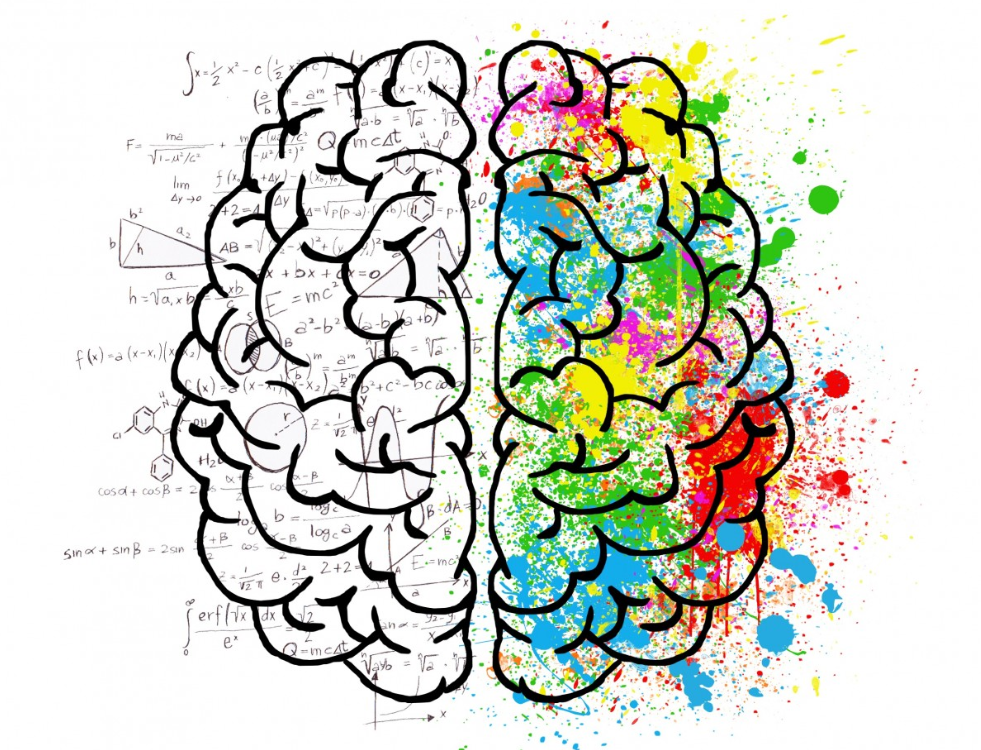The intersection of data science and behavioral science has opened new pathways for understanding and influencing human behavior. In leveraging quantitative insights alongside psychological principles, researchers and practitioners can design interventions that are both empirically grounded and contextually relevant.
In this article, we’ll explore how data informs behavior change strategies, the ethical implications of these approaches, and their potential to reshape individual and collective actions.
The Intersection of Data and Behavioral Science
Modern technological tools—from mobile apps to wearable sensors—generate large quantities of information that can be used to study human behavior. This data might include exercise frequency, dietary patterns, digital habits, or performance metrics at work. Through interpreting these data points in light of established theories in psychology and human development, professionals aim to address behavior patterns that could benefit from adjustment.
Behavioral science provides theories about why individuals respond to certain stimuli and how patterns form over time. For instance, operant conditioning looks at how rewards and consequences shape the likelihood of a response. In a similar vein, social learning theory explains how people mimic the behaviors they observe in others. Data enriches these theoretical frameworks with real-world evidence, uncovering the contexts in which behaviors occur and revealing subtle trends that might otherwise remain hidden.
One practical example involves health interventions. Researchers look at exercise data, dietary logs, and medical records to identify patterns that contribute to healthier lifestyles. By layering statistical analysis on top of behavioral theories, they can devise strategies—such as goal setting and tailored reminders—that promote higher engagement with recommended activities.
Through continuous feedback loops, these strategies can be refined to support lasting change. A similar approach applies in educational settings, where data about student performance helps educators customize lessons that support stronger academic outcomes.
Ethical Dimensions of Data Utilization
While data enhances intervention design, its use raises ethical questions. Privacy concerns top the list: collecting granular behavioral data risks exposing sensitive information, even when anonymized. Regulations like GDPR and HIPAA provide guardrails, but gaps remain. For instance, aggregated data can sometimes be reverse-engineered to identify individuals, particularly in small populations.
Bias in data collection and algorithm design presents another challenge. Historical data often reflects societal inequities, which can perpetuate disparities if uncritically used. A weight-loss app trained on data from affluent populations, for example, might fail to address barriers faced by low-income users, such as limited access to fresh food. Mitigating this requires diverse datasets and transparency in algorithmic decision-making.
Notably, professionals with an ABA masters degree, which emphasizes the ethical application of behavioral principles, are trained to navigate these challenges. Their expertise ensures interventions prioritize autonomy and informed consent, particularly when working with vulnerable populations like children or individuals with cognitive disabilities. This training underscores the importance of balancing efficacy with respect for individual rights.
Methods of Data Collection and Measurement
Without accurate and meaningful data, it’s difficult to draw valid conclusions about the driving factors behind specific actions.
While the digital revolution has made some aspects of data collection more seamless—such as tracking exercise with smartphone apps—some situations require a more systematic and deliberate method to ensure the information is both reliable and relevant.
Quantitative vs. Qualitative Data
Quantitative data includes metrics such as frequency, duration, or intensity of a given behavior. This type of data is often gathered through surveys, standardized tests, or automated recording devices. In an organizational context, quantitative data could include the number of tasks completed, productivity metrics, or error rates. The advantage of quantitative data is its precision. However, relying exclusively on numbers may overlook the reasons why a particular behavior occurs.
Qualitative data, on the other hand, focuses on explanations and narratives. This may involve interviews, focus groups, or open-ended survey responses. Collecting qualitative data is sometimes time-consuming, but it allows deeper insights into motivations, challenges, and contextual factors that shape behavior. The most robust behavioral analyses generally combine both quantitative and qualitative data.
Observational Techniques
In certain situations, direct observation remains one of the most reliable ways to gather data. This approach is particularly common in fields such as developmental psychology, special education, or organizational consulting. Observers systematically record instances of behavior, noting variables like environmental context, potential triggers, and consequences that follow. While this method can be resource-intensive, it helps confirm whether self-reported behaviors align with what is actually happening.
For example, in a classroom setting for children with autism spectrum disorder (ASD), trained observers might track a student’s engagement during group activities. They record antecedents (e.g., sensory stimuli or peer interactions) preceding disruptive behaviors, as well as how teachers respond. This data informs functional behavior assessments (FBAs) and guides tailored interventions. Analysts use systematic observation to align strategies with each individual’s needs, while minimizing assumptions about internal states.
The Future Landscape
Emerging technologies promise to deepen the synergy between data and behavior change. Artificial intelligence, for example, could enable hyper-personalized interventions by analyzing multimodal data—speech patterns, facial expressions, and physiological signals—to detect emotional states and tailor responses. Imagine a mental health app that adjusts its coping strategies based on real-time stress indicators from a user’s smartwatch.
The Internet of Things (IoT) further expands data’s reach. Smart cities might use traffic and pollution data to incentivize eco-friendly commuting, while connected homes could reduce energy waste by subtly nudging residents toward efficient habits.
Interdisciplinary collaboration will drive these innovations. Data scientists, behavioral psychologists, and policymakers must work collectively to ensure tools are both technically robust and socially equitable. Notably, open-source platforms and shared datasets could accelerate progress, allowing smaller organizations to contribute to and benefit from advancements.
Behavioral science’s ongoing evolution
The fusion of data and behavioral science represents a paradigm shift in how we understand and shape human actions. In grounding interventions in empirical evidence, we enhance their relevance and impact, while ethical frameworks ensure these tools empower rather than exploit.
As technology evolves, so too will our capacity to foster meaningful behavior change—whether in health, education, or sustainability. The future lies not in choosing between data and human insight, but in harnessing their combined potential to create a more informed and adaptive society.











